ALL ABOUT CARBIDE
TECHNICAL INFORMATION
|
THE CUTTING PROCESS
- Intense concentrated force at the cutting edge separates the metal's individual crystals
- Continuous flowing chip is separated from the workpiece
- Chip moves up cutting tool face until chip's internal stresses cause a chip fracture and chip breaks away as a segmented or discontinuous chip
- Large amount of heat is generated at cutting edge during chip separation and as chip flows along cutting tool face
- Individual carbide grains are so very hard that they do not flow or deform under the intense forces and very high temperatures
|
 |
|
CARBIDE PRODUCTION
- Carbide powders are created by heating metal powders, usually tungsten, and carbon to a very high temperature - over 2800ºF
- Resultant tungsten carbide powder grains are extremely hard and stable at elevated temperatures
- These carbide powders are sorted by grain size and recombined in appropriate ratios to achieve specified physical properties
- Cobalt metal powders are thoroughly mixed with the tungsten powders and forced under high pressure (30,000 psi) into multicavity molds of the desired shape and size
- Carbide rounds are made with an extrusion process
- Carbide blanks are low temperature pre-sintered to develop sufficient physical strength for handling
- Finally, the carbide blank is high temperature sintered at 2500ºF to 2900ºF; a dramatic shrinkage of almost 40% volume occurs as the carbide blank internally pulls together, resulting in an extremely dense & hard material
|
CARBIDE TECHNICAL
-
Types of Carbide Powders
- Tungsten Carbide (WC) - Primary carbide component
- Titanium Carbide (TiC) - Added to increase resistance to abrasive wear or cratering of chip forming surface
- Tantalum Carbide (TaC) - Added to increase resistance to cutting edge deformation at higher temperatures during heavy cuts
- Cobalt binder is a major factor in determining the carbide's hardness and toughness (see upper right graph)
- Toughness is the carbide's ability to withstand the mechanical shock or impact load experienced in the cutting process
- Carbide conducts heat away from cutting edge and chip formation surface two to three times faster than high speed steel
- Carbide surface is very hard and resists abrasive wear that results in early tool failure of high speed steel tools
- Micrograin carbides are used in positive-rake tool designs where a free cutting edge is needed but is relatively unsupported
- Tough shock resistant grades are softer and more prone to wear; harder wear resistant grades are less able to withstand shock loads in interrupted cuts (see lower right graph)
|
|
IMPORTANT NOTE: Some solid carbide tools now utilize a cobalt enriched cutting edge zone.
HANNIBAL has utilized this same principle for many years - our hardened tough alloy steel
bodies have always enabled us to select the carbide grade best suited for the cutting
edge without the limitation of their lower structural strength.
|

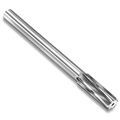


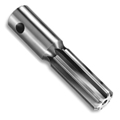
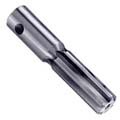
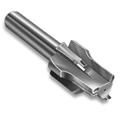



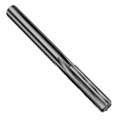




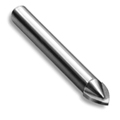
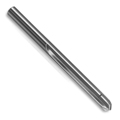
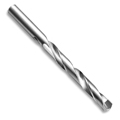
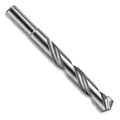
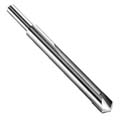


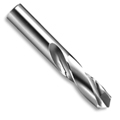
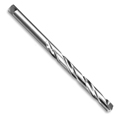
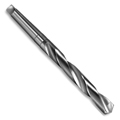

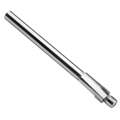



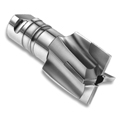

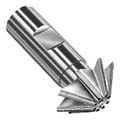
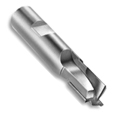

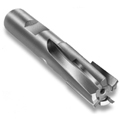
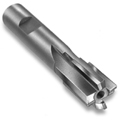

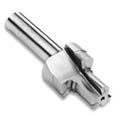
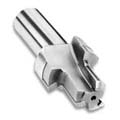
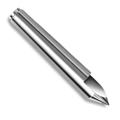
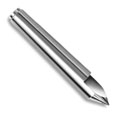


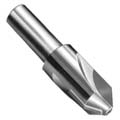







 Industrial Supply Association
Industrial Supply Association Value Added Partner
Value Added Partner